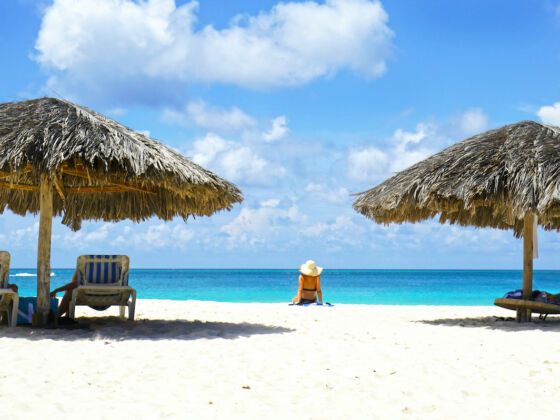Basics
Aruba is a tropical island in the south Caribbean, around 20 miles north of Venezuela. It’s a territory of the Netherlands, and the official language is Dutch, though most locals speak a European- and West Africa-influenced creole called Papiamento.
Travelers fly into Queen Beatrix International Airport, just to the south of the island’s capital and largest city, Oranjestad. Palm Beach, with its white-sand beaches, all-inclusive resorts, and tourist nightlife, is ~30min north of the airport.
While the southern coast is pretty heavily developed, the less-sheltered north shore is nearly desolate.
